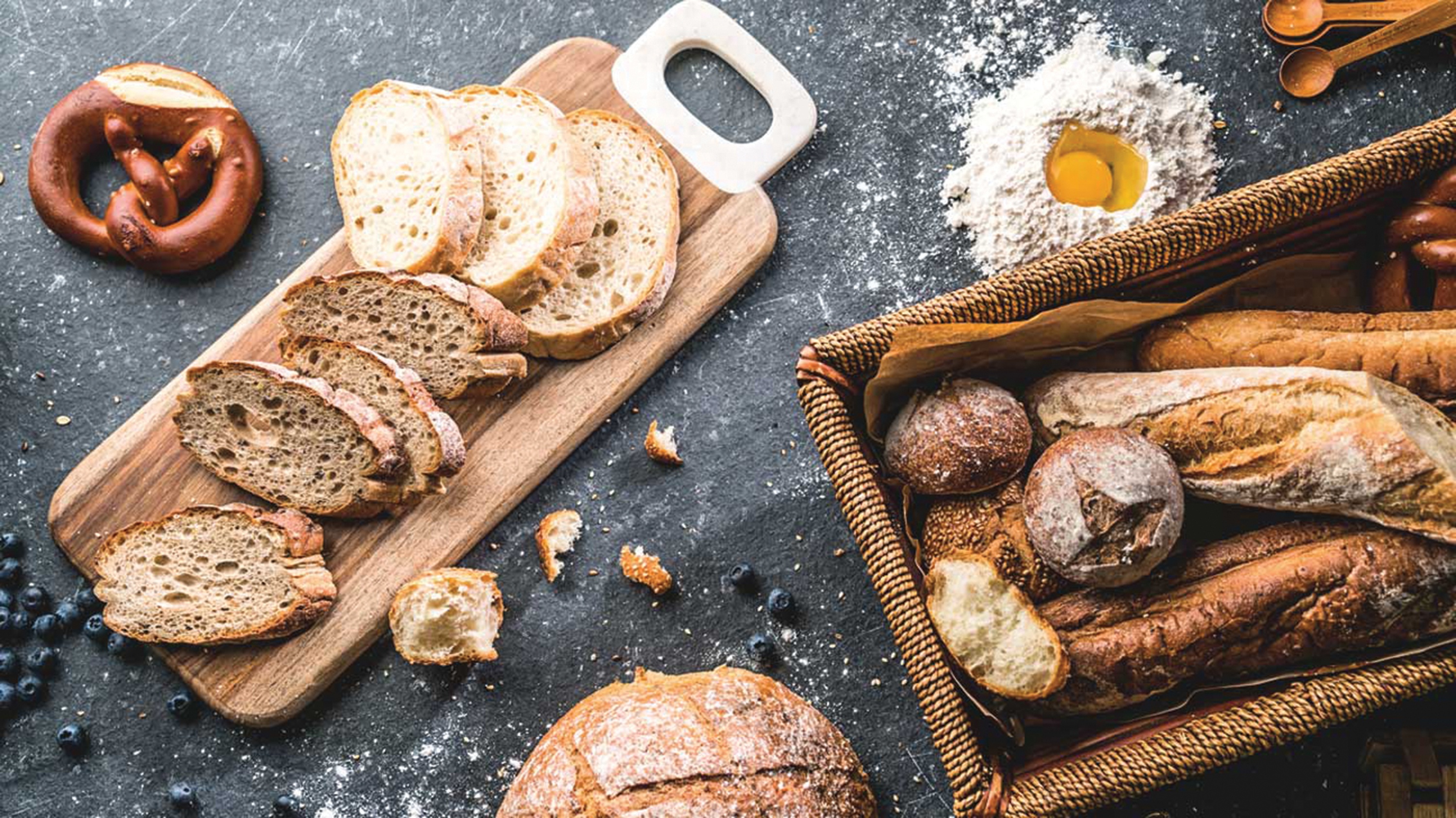When my young daughter was diagnosed with celiac disease at the age of ten, I had to learn all about gluten. The test to diagnose the disease was in itself a major undertaking. She was hospitalised and diagnosed via an endoscopic biopsy. A small camera was sent down a tube through her oesophagus to photograph her villi, the hair like microscopic strands that line the small intestine. These villi are meant to stand up straight and absorb nutrients. My daughter’s villi were starting to flatten. Without the villi doing their job, the goodness in food passes straight through the intestines, and this causes symptoms such as stomach pain, diarrhoea, iron deficiency, and in effect sufferers end up with malnutrition because the nutrients pass through as waste. Gluten was the culprit, and she had to eliminate gluten from her diet immediately.

The value of the gluten-free industry is now heading towards a billion dollars. The sales of gluten-free products in the United States alone went from nearly US$1 billion in 2014 to a predicted US$2.3 billion by 2019. Parents with autistic children are turning to adopting a gluten-free and casein-free (GFCF) diet. There is currently no data on the number of children with autism in Indonesia, according to Melly Budhiman, a child psychiatrist and chairwoman of Indonesia Autism Foundation (YAI), but it was estimated by the Department of Mental Health in 2013 that there were around 112,000 sufferers aged between five and 19 years old. Reacting to the call, local Indonesian baby food manufacturers, Monde and Yummy Bites have introduced gluten-free rice crackers and biscuits.
Added to the increased demand for gluten-free products, there are two other conditions associated with gluten; gluten intolerance and wheat allergy. Demand for gluten-free products will keep rising, as there is no cure for celiac disease, much like other autoimmune diseases, such as Crohn’s disease or multiple sclerosis. The only way to manage the effects and symptoms of celiac disease is to follow a gluten-free diet for life.
Luckily, we are seeing more gluten-free sections in supermarkets and more gluten-free products in health food stores, and restaurants are beginning to identify gluten-free menu choices. Airlines now offer gluten-free meals and even celebrities like Miley Cyrus, Oprah Winfrey, Chelsea Clinton, Lady Gaga and Drew Brees have declared that they are either temporarily or permanently off gluten.

In response to interest in gluten-free products, the Indonesian government has updated the Control of Claims on Processed Food Labelling and Advertisements (2016) to include regulating gluten-free claims. According to the regulation, a product with the “gluten-free” claim contains less than 20mg/kg, while “low in gluten” indicates 21-100mg/kg. Food ingredients that are free from gluten include rice, cassava, corn, sweet potato, potato and soya.
Restaurants are listening to customers, and we now are seeing a growing trend to provide gluten-free options on the menus, with some restaurants taking it to the next level. I met Mara Dowling in Ubud, Bali, the operational manager of Gluten Free Kitchen Cafe & Restaurant, and she spoke to me about her commitment to providing gluten-free food at her restaurant.
“My restaurant is 100 percent free of gluten. We no longer cook any food in the kitchen that contains gluten. The issue is, if you prepare and cook both gluten and gluten-free products in the kitchen, then your knives, utensils, baking dishes, cooking pans and your oven are all susceptible to cross-contamination. To make a claim you offer gluten-free items you must have a separate gluten-free oven and use separate implements,” Mara explained. “I re-branded my restaurant and bakery business six months ago. Gluten Free Kitchen Cafe & Restaurant is now a 100 percent gluten-free restaurant (formerly Warung Schnitzel), and my 100 percent gluten-free celiac bakery business is booming. We produce everything in our bakery and restaurant kitchen ourselves. I guarantee my gluten-free menu items and products are contaminant free and the word is spreading. Leading five-star hotels in Bali buy from us, as well as villas and local restaurants. Our gluten-free bread, slices, pies and fresh pasta are flying out the door, plus we have a thriving home delivery service. We have spent years perfecting our gluten-free flour, pasta, desserts and slices. I invite all my restaurant diners to come to the kitchen and view my operation. I am committed to caring for my customers who suffer from celiac and wheat allergies.”

A gluten-free diet is not a fad diet, and it’s not going away. Indonesian author Lies Dahlia published her book, “Healthy Living with Gluten” (Hidup Sehat Tanpa Gluten) in 2014 and we are seeing the tides turn in Indonesia, with more choices on the supermarket shelves and more restaurants offering creative gluten-free choices. That’s good news for those who live with the issue of gluten and wheat allergies.
Story by Stephanie Brookes
Stephanie Brookes is a travel writer and blogger with tales from Indonesia and beyond.
www.travelwriter.ws
http://www.facebook.com/stephtravelwriter
www.instagram.com/stephtravelwriter
Author of Indonesia’s Hidden Heritage
David Metcalf runs cultural photography tours in Indonesia and beyond. His photo gallery, Taksu Photo Gallery in Ubud, Bali is a showcase for beautiful photographic work from the many islands of Indonesia.
www.davidmetcalfphotography.com
http://www.instagram.com/davidmetcalfphotography



